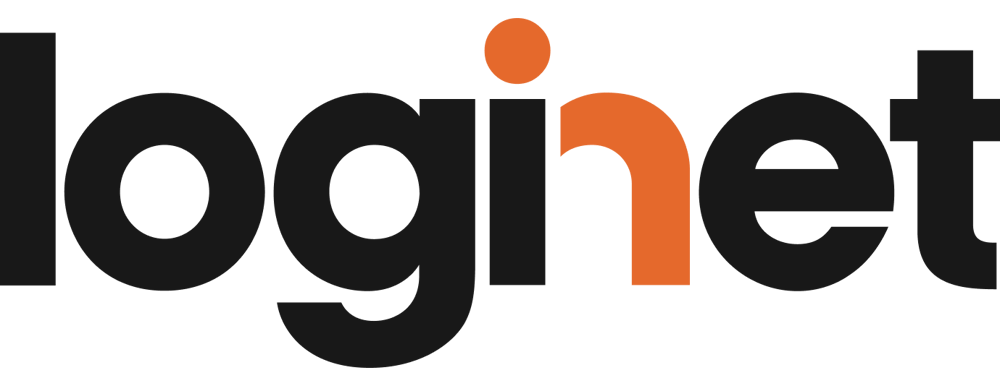Bettair.life IoT development
We've built an easy‒to‒use, scalable and cost‒effective IoT solution that optimises working environments
Bettair.life is a complex real-time enterprise solution that analyses data from more than 100,000 measurements daily to help decision-makers improve operational efficiency. The solution measurably increases productivity while directly supporting HR and management in making informed decisions.

Introduction
Bettair.life measures key parameters of the working environment in real-time. It calculates a single overall score that quickly and efficiently indicates changes in the quality of the environment, taking into account the interdependencies between the factors. In this way, problems affecting productivity can be identified immediately.
For example, even with ideal air parameters, productivity can be reduced if workers are constantly exposed to noise.
Bettair.life aims to support the specific needs of management, HR and employees alike. Managers have access to data that helps them make decisions, whether it's about office, home or hybrid working.
The system can help track data related to sustainability goals, while as a tenant, you can report your air quality concerns to the office building to enforce contractual obligations.
An optimised environment ensures more efficient working and improved well-being, leading to a more productive culture in the long term.

Solution
MVP version: cost-effective and dependable IoT development
The aim of the project was to develop a market-ready MVP that would demonstrate the functionality of both the hardware and the system for bettair.life.
The device had to be both durable and visually appealing to ensure a successful launch.
Efficient technology stack for scalable real-time data visualization
The project focused on real-time data visualization for mobile and web applications through a backend system. Key technologies were selected to optimize scalability, cost-effectiveness, and functionality. Supabase Lightwave was chosen for its ease of setup, free local development options, and self-hosting capabilities via Docker, distinguishing it from Firebase, which requires payment and lacks self-hosting.
Supabase also simplified integration tasks such as authorization management and API access using built-in tools like JWT authentication. For data handling, TimescaleDB, a Supabase plugin, was selected over InfluxDB due to its simplicity and the absence of a need for complex functionalities or advanced visualization. The choice of TimescaleDB ensured scalable and efficient management of large datasets.
Flutter was used for application development, enabling simultaneous delivery for mobile and web platforms while reducing costs. These strategic technology decisions allowed the team to complete the project in three months, meeting all performance and functionality requirements.
Optimizing Supabase deployment: local vs. cloud considerations
Supabase, as an open-source platform, can be deployed locally via Docker or used as a paid cloud solution. The local setup was chosen for cost savings and in-house data control. Docker simplifies running Supabase by allowing unused features to be turned off and enabling integration with custom services. However, local implementation can be challenging due to limited documentation tailored to non-cloud setups, requiring developers to adapt instructions from the cloud version. While experienced server-side developers can manage local deployments effectively, the cloud solution is better suited for teams less familiar with backend systems.
Streamlined administration with Supabase and Motor Admin
To address the need for a user-friendly interface for managing devices, users, and data, Motor Admin was integrated with Supabase. This no-code web tool enabled the quick and cost-effective setup of a customizable admin interface. Developers configured user permission groups and access controls during implementation, ensuring efficient data management without requiring extensive coding. Motor Admin complemented Supabase's developer-focused environment, providing a practical solution for the customer's requirements.
Cross-platform development with Flutter
To ensure broad platform availability cost-effectively, the Flutter framework was utilized, allowing Dart code to be compiled for multiple platforms. The main challenge was adapting the interface to various screen sizes: mobile views are portrait-oriented, tablet views support both orientations and web views cater to larger displays, optimized for landscape mode. Special attention was given to responsive transitions and harmonizing navigation differences between web and mobile, including unique URL handling for specific features like password resets.
Future plans
The customer base of bettair.life is mainly focused on Fortune 500 and Big4 companies, which was confirmed during the Web Summit visit.
After penetrating the office market, the service sector and airlines will be the focus for further expansion of the solution.
The backend is currently optimised for the office environment, but it is planned to serve other sectors in the third quarter of 2025.
Conclusion
Bettair.life provides an innovative, data-driven solution to improve workplace efficiency and well-being through real-time insights. LogiNet's strategic choice of technologies, including Supabase, TimescaleDB and Flutter, enabled the rapid development of a cost-effective, scalable and reliable MVP. With plans to expand into new sectors, bettair.life will continue to revolutionise work environments and provide a comprehensive solution for businesses worldwide.
Provided Services

Let's talk about
your project
Drop us a message about your digital product development project and we will get back to you within 2 days.
We'd love to hear the details about your ideas and goals, so that our experts can guide you from the first meeting.

John Radford
Client Services Director UK




